![]()
India
2 March 2020: A video from northeast Delhi - verified
by fact-checking website AltNews - shows five men,
injured, lying on a road and singing the national anthem. Some of them are
being made to sing the national anthem. What
is happening in India today?
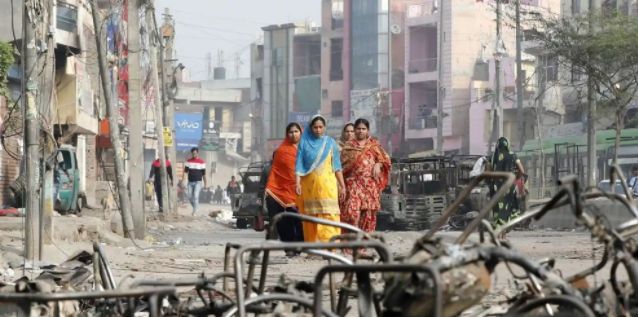
7 Aug. 2019: Indian-administered Kashmir is in a state of
lockdown. What happened with Kashmir and
why it matters.
Update 27-30
Nov. 2008: While I earlier
reported about India's tech sector following explosions
in Bangalore and Ahmedabad, a much more severe situation has developed in
Mumbai. The attacks began on Wednesday, 26 November
and were soon perceived as having possible repercussions in
reference to Kashmir. This went along with conflicting messages including that the Indian air and missile forces were
placed on war footing.
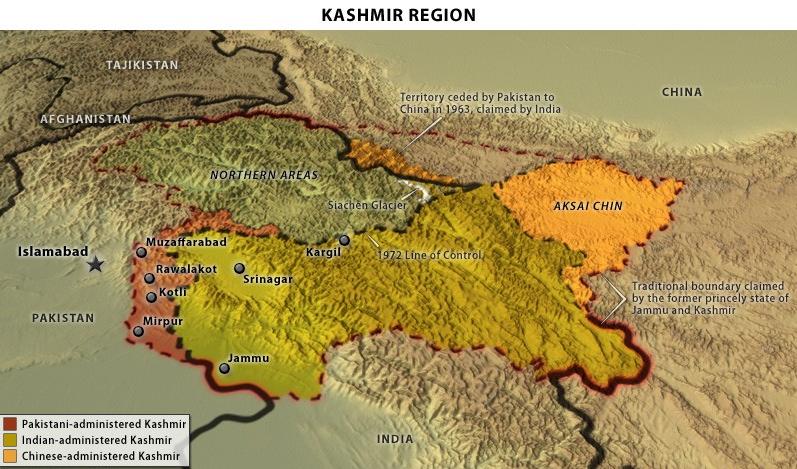
It is generally
accepted that Kashmir is a victim of the disputed division
of British India during the transfer of colonial power in 1947. A
border was created on religious lines, and states with a Muslim majority formed
the newly created Pakistan alongside a predominantly Hindu India. When India
and Pakistan became independent, it was generally assumed that Jammu and
Kashmir, with its 80 per cent Muslim population, would accede to Pakistan, but
Kashmir was one of 565 princely states whose rulers had given their loyalty to
Britain but preserved their royal titles. The partition plan, negotiated by the
last viceroy, Lord Mountbatten, excluded these princely states, which were
granted independence without the power to express it.
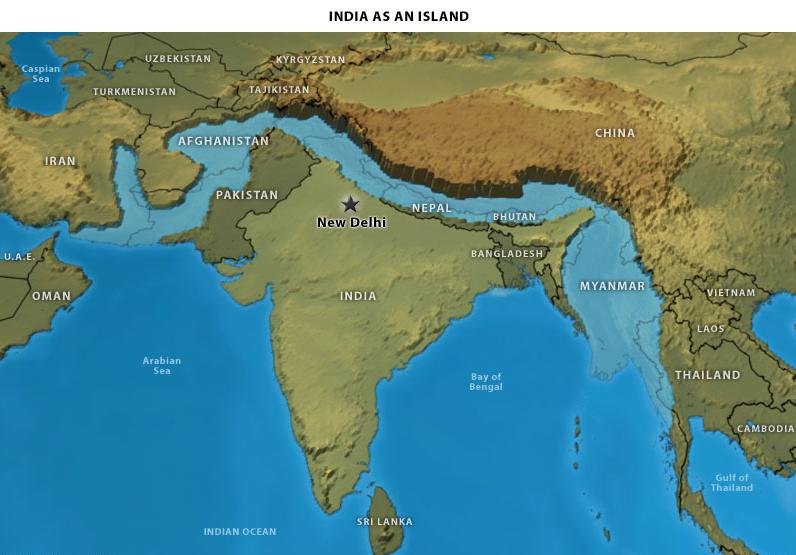
The partition of
India in August 1947, was very much connected with the British concern about
the possibility for the USSR acquiring influence in the area lying between
Turkey and India. The USSR's victory over Germany in 1945 had increased Joseph
Stalin's ambitions As we also will be able to demonstrate in the following
series of studies (of which the current briefest one of all, acts as a sort of
powerful as it is-- introduction) to extend his country's influence into Asian
territories. Partition of British India's Geostrategic Cause.
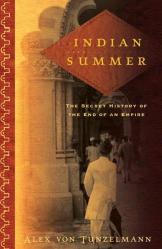
When we earlier wrote
Through Burma and Back, in fact we started our incursion into Burma from
India and in a separate occasion from Thailand. When two days ago then we
issued the claim that ethnic difference, and in particular, tensions between
"majority" and "minority" have been greater amplified in
the case India then they have been in the case of Myanmar/Burma we must
turn to India: The Clash Within: The World's Largest
Democracy?
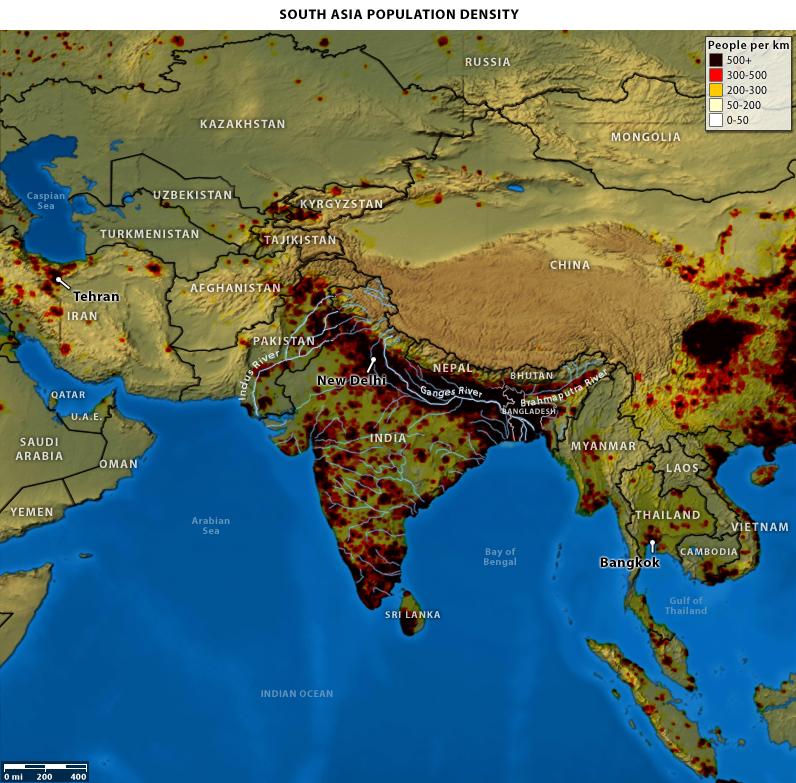
As India observed the
Battle of Plassey, politicians according the June 29, 2007 BBC
article, have used the
historic battle site to promote contrasting nationalist visions. Our team
researched the various aspects involved at the time, coming to a new viewpoint
that we next will follow up with a major study of the whole Eurasian theatre
beyond India. Deciding to go for facts rather than fiction
today:
Historians have often
been tempted to see the later part of early modern times as the grand prelude
to the supremacy of Europe, a presumption that deserves a second look in: The Eurasian Industrial Revolution.
|
According
to a 2005 movie about Subhash Chandra Bose, Hitler was explicit about his
contempt for Hindus and other "Asiatic mountebanks". (See the essay
of K. Elst about the Bose movie, published in:
Return of the Swastika, 2007) P.1.
|
|
A new law in
India triggered mass
Hindu-religious conversions. While Mahatma Gandhi's support for an
inclusive Indian politics was rooted in his understanding of Hinduism as
tolerant and non-violent, the communal politics of the Sangh Parivar reflect
their own vision of Hindu tradition as militant and assertive. Differing
interpretations of religion inform competing visions of society, both involving
reinterpreting a given religious tradition for the modem era. Thus debates over
secular as opposed to religious conceptions of moral order, as demonstrated
next, do not represent a conflict between modernity and tradition, per se, but
rather, between competing visions of both religious tradition and political
life. Politics in S.Asia
P.1.
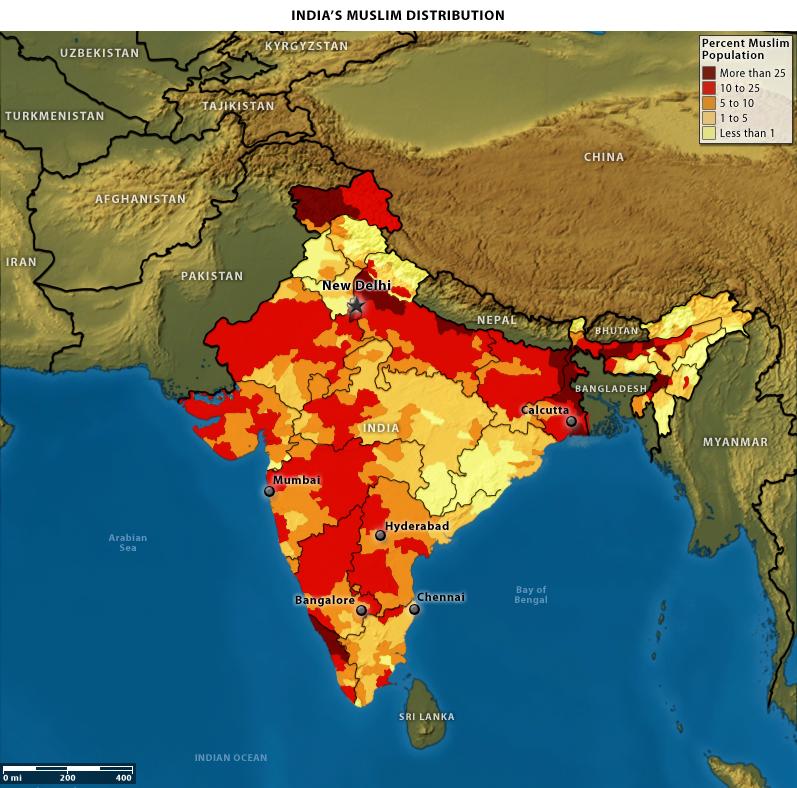
In S.Asia (sometimes also
encountered in our research report about Europe) states and state actors are neither as secular nor as
progressive as many presume. On the contrary, state elites regularly appeal to
religion as a means of mobilizing popular sentiments behind a reified
conception of political authority. But while religion is introduced into
politics within the context of nationalist or communal discourse, the symbols,
images and rituals of religion provide the raw material from which such
identities and ideologies are constructed. Politics in S.Asia P.2 post-1966 Indira Gandhi.
Political campaigns
in India, are increasingly defined more by marketing strategies than political
debate, and divisive social issues tends to undermine, not encourage, dialogue
on matters of genuine national concerns. Politics in S.Asia P.3 Competitive Populism.
Protestant Buddhism.
Ambedkar (1891-1956), leader of India's Untouchables, first encountered
Buddhism through the Dravidian Buddhist Society founded by that time President
of the Theosophical Society and author of “People from the other World,” Henry
Olcott. During its inaugural meeting in 1898 in Madras Olcott stated:
As for religious
violence as such, it is important to look at what provides the legitimation for
the violence. Often used as a tool by political elites, targets are frequently
symbols of collective identity and third, rumors, often grotesque ones, playa major role in fomenting violence. Political Religious Violence in Asia P.1:
However, the feeling
of humiliation is the most common thread, it is critical to consider the
economic, social, and political grievances, as originating causes of
religious violence. When
religion enters the mix however, emotional resonance of religious narratives,
symbols, rituals, and their transcendental frames, makes the violent conflict
become less susceptible to negotiation. But acts of terror can also function as
"symbolic empowerment" of marginal men. Political Religious Violence in Asia P.2:
While early on
we already researched ‘political religions’ like Fascism and Communism, it
should not come as a surprise that ‘religious discourse as such’, also, can
empower, engender, or disrupt violence. Political
Religious Violence in Asia P.3:
Update
August 9, 2007: The
Pakistan-based Lashkar-e-Taiba militant group faces serious shortages in man
power and materials, Press Trust of India reported Aug. 9, citing unnamed
Indian Army sources. The militant group has reportedly been making
"desperate" calls to its Pakistani backers to replenish its supplies.
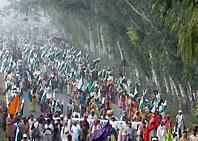
Marking the birthday
of Mahatma Gandhi, 25,000 landless people marched 325km (202 miles) in order to
ask for land reform in New Delhi. In fact there is a current crisis in India where
hitherto trusted methods of moral enquiry have become sterile. According to a
recent WHO report to cite one example, less than 5% of Indian medical schools
offer any systematic instruction in Ethics. Luckily there is a trickle of hope
now for the landless who went through this major effort to draw attention to their
plight; met by a promise for a panel to be set up. However giving past
experiences, it could take twenty years before such a panel leads to any
conclusions.
For updates click homepage here


